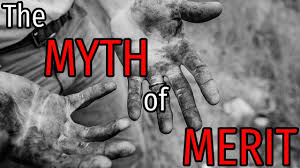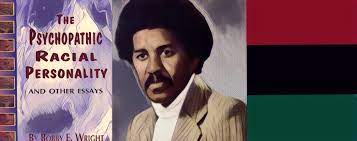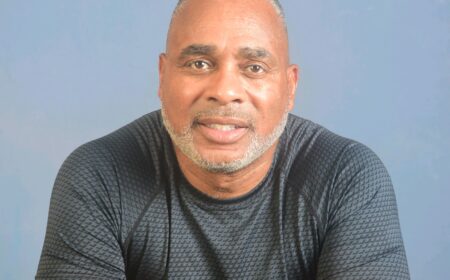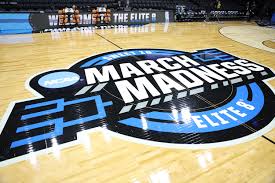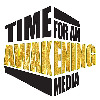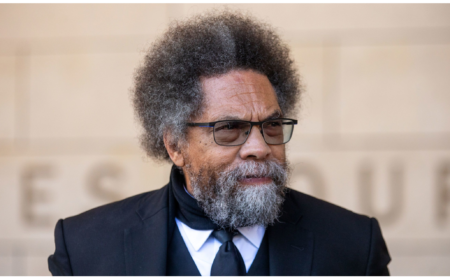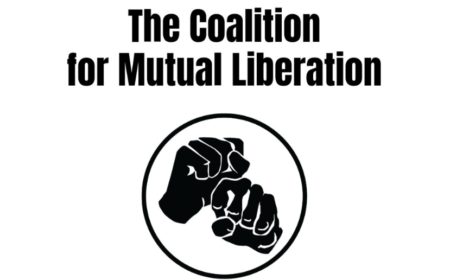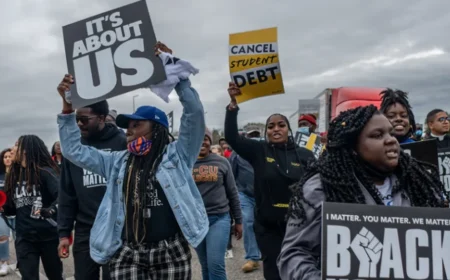Time for an Awakening Media host the “Remaking Black Power Virtual Summit” panel discussion 10-31-20
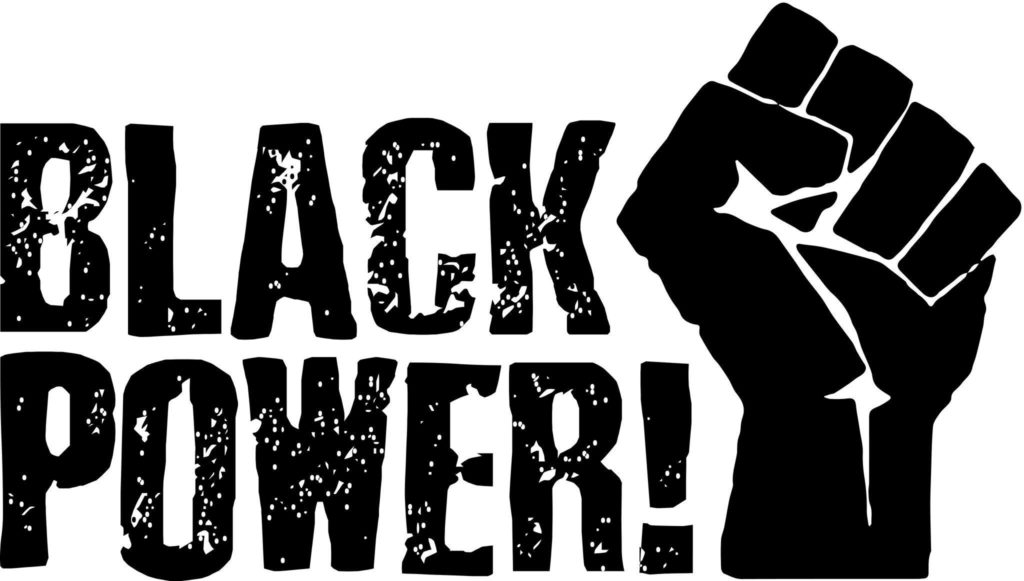

Time for an Awakening Media host the The 90 minute Black Power Roundtableon Saturday, October 31th. The Saturday evening discussion was moderated by Sister Zakiya Sankara-Jabar
PANELIST:
Saturday, October 31, 2020
Mukasa Dada
Queen Mother Mashariki Jywanza
**Nkechi Taifa
Kalonji Changa
African Esquire
Dr. Kamau Rashid
Obi Egbuna Jr
.Sister Melo
Dr. Wes Bellamy
Sister Lydia
Prof. James Small
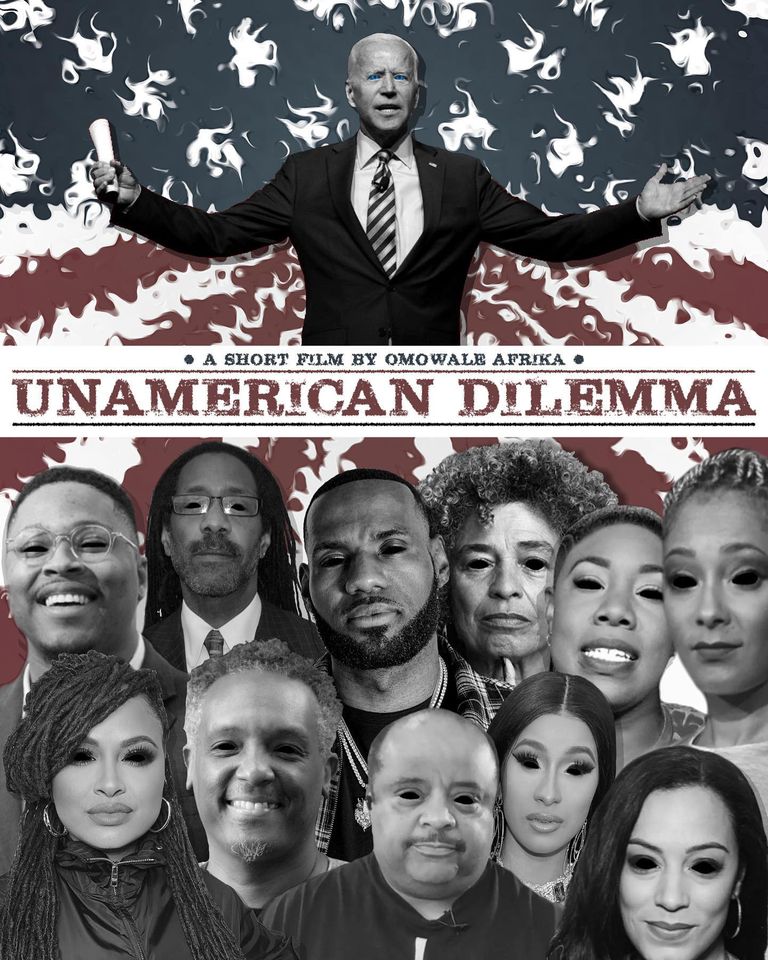

Podcast: Play in new window | Download (Duration: 2:19:40 — 64.1MB) | Embed
